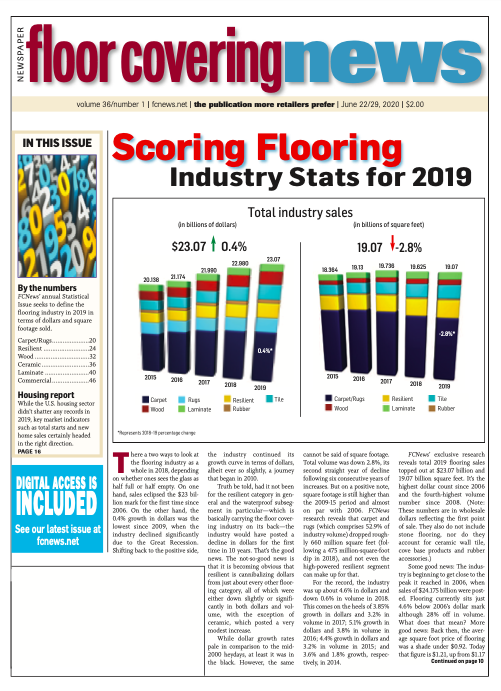(Excerpted from the ITR Economics June Trends Report)

There are signs the U.S. economy is beginning to move closer to recovery following the nationwide, government-mandated shutdowns in response to COVID-19.
A minority of businesses have prospered because of COVID-19—or in spite of it. However, the majority are negatively impacted and are awaiting the economic recovery. Our update, based on economic trends, the COVID-19 trends and governmental decisions, suggest we are on track for a second quarter 2020 low in GDP—and that GDP will begin to slowly improve in the third quarter and improve further in the fourth quarter barring governmental action (disease or civil unrest-related) that causes large parts of the economy to shut back down. We continue to think the adverse governmental action is not probable—we are on track for the projected recovery trend.
We have been looking for early signs of the recession reversing direction and the eventual general economic recovery ever since nearly all the leading indicators on our dashboard flipped from green (rise ahead) to red (decline ahead). We have stated in prior months that it would be normal to see some indicators that reverted to negative flip back to rise—only to lose the tentative low and flip back to negative. Indeed, this has occurred. However, we are beginning to see some ‘green’ lights on our dashboard that are promising in terms of staying positive.
- ITR Economics bases its economic forecasts on the following leading indicators:
- JP Morgan Global Manufacturing Purchasing Managers Index
- U.S. ISM Purchasing Index
- ITR Retail Sales Leading Indicator
- ITR Final Leading Indicator
- ITR Leading Indicator
- Wilshire Total Market Cap
- OECD Leading Indicator
- G7 Leading Indicator
- U.S. Leading Indicator
- Single-family housing starts
- Total industry capacity utilization
ITR Economics’ leading indicator system requires five leading indicators heading in the same direction to provide statistical confidence that a shift in the economy is looming, whether that is a shift to a rising trend or a shift into decline. At present, four of those leading indicators are signaling a turn for the better: J P Morgan PMI, U.S. ISM Managers Index, ITR Financial Leading Indicator and Wilshire Total Market Cap.
These are occurring in two categories: financial and marketing. The financial is admittedly more cause for trepidation in some people’s minds, because the market is not always seemingly rational. The improvement in the manufacturing-based leading indicators is easier to understand and accept, since it is logical that industrial activity would come back online as states open their economies back up. Our analysis indicates the positive leading indicator trends currently evident have a reasonable probability of being sustained. We expect more indicators to flip to green, assuming a second wave of COVID-19 and/or governmental action doesn’t shut us down again.
Other sectors reflect positive movement
After a horrendous decline in March and April, department stores and total trends are now heading in a positive direction. This is important for understanding that the economy is staging a comeback. The timeline fits our forecasts for the onset of a general, albeit uneven, recovery.
Another indicator we are closely monitoring is weekly mortgage applications for purchases (as opposed to refinancing). Mortgage applications for purchases activity is improving as of a March 30, 2020 low. The retail sales input and the mortgage applications input suggest that two critical components to our economy—retail and housing—are mending.
While data points for restaurant bookings and airline travel are still very depressed, the trends are now heading in the right direction. Also, Apple Maps trends is showing an upward trend in requests for both driving and walking directions as travel restrictions are gradually being lifted.
If you want to see the economy moving upward in the second half of 2020, then look to the disposable income index (DPI). Normally flat or negative during adverse economic times, DPI—after tax income for individuals—spiked to a phenomenal degree in April. There was also a corresponding spike in the savings rate. (Yes, people actually saved a large portion of the money.)
These observations support what we have been saying over the past several tumultuous months: ‘This, too, shall pass.’
Brian Beaulieu, the CEO and chief economist of ITR Economics, researches the use of business cycle analysis and economic forecasting as tools for improving profitability.

